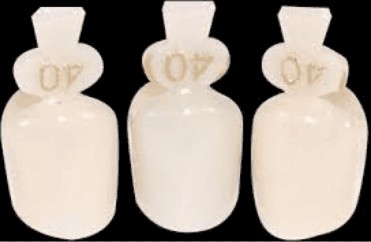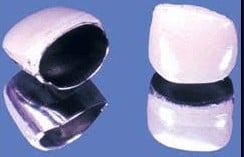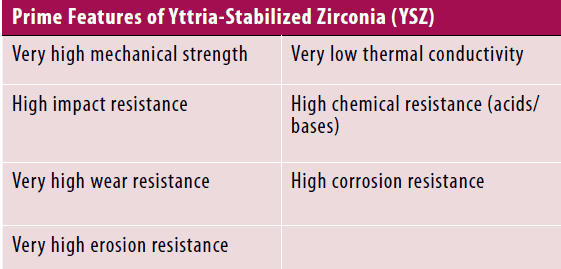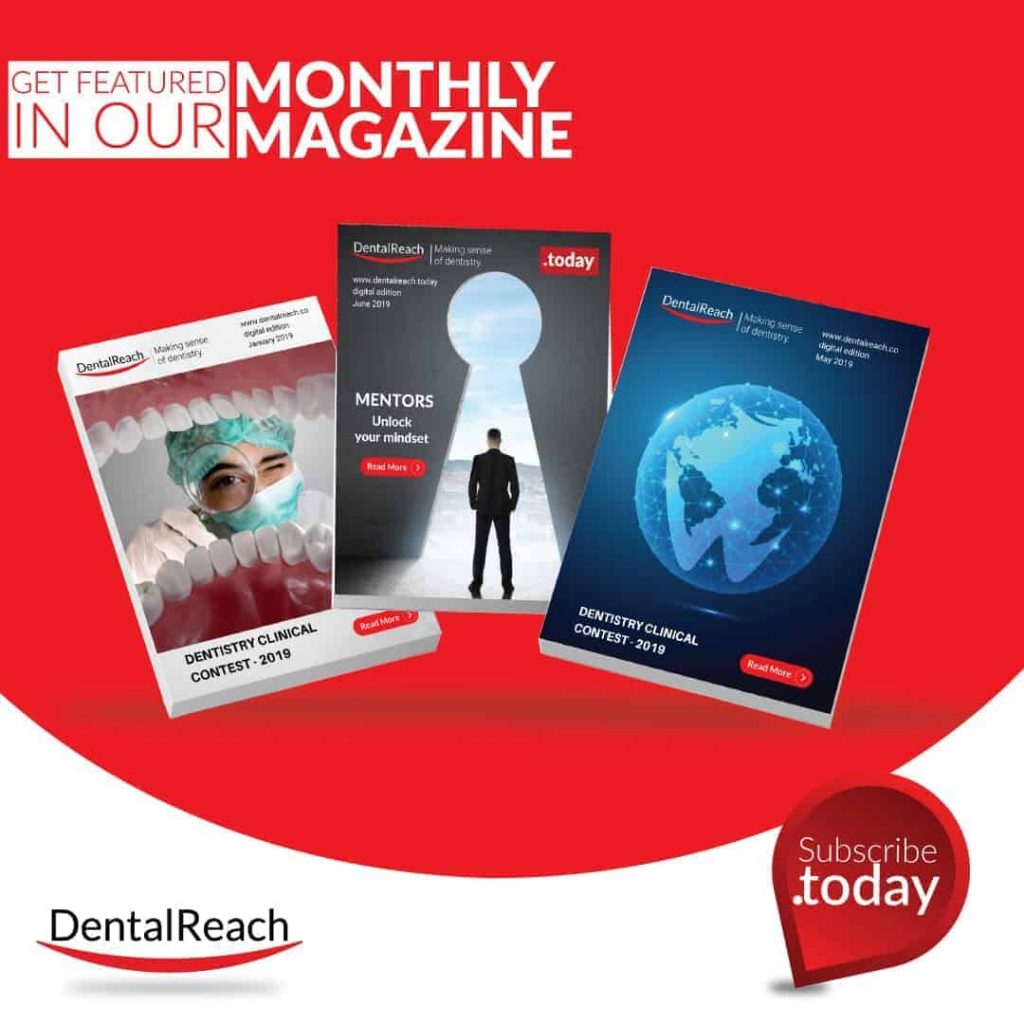Crowns used in paediatric dentistry are for phonetics, aesthetics and mastication. Rehabilitating primary teeth requires the material to be retentive, resistant to fracture and esthetic.
Crowns available for restoration of primary teeth include:
- Those that are directly bonded to the tooth which generally are made up of a resin material.
- Those crowns that are adherent onto the tooth like strip crown, stainless steel crown and zirconia.
Indications for crowns in primary teeth
- Developmental defects like hypoplasia of teeth
- Caries involving two or more than two surfaces of teeth
- Teeth with extensive wear
- Fractured teeth
- Teeth where direct restoration like amalgam or composite which is likely to fail
Today, mainly five types of crowns are used in pediatric dentistry
- Stainless steel crown
- Strip crown
- Polycarbonate
- Resin veneered
- Zirconia
Stainless steel crown
It was first given by Humphrey in 1950. It is composed of nickel-chromium.

Technique
- The occlusal clearance should be 1.5- 2mm.
- The proximal surfaces converge toward the occlusal and lingual following the normal proximal contour.
- An explorer can be passed between the prepared tooth and the proximal tooth at the gingival margins of the preparation to check the thickness of the margins.
- The buccal and lingual surfaces are reduced at least 0.5 mm with the reduction ending in a feather edge 0.5 mm to 1 mm into the gingival sulcus.
- The buccal and lingual surfaces converge slightly towards the occlusal.
- The occlusal third of the buccal and lingual surfaces are gently rounded.
- All point and line angles in the preparation are rounded and smoothened.
Advantage
- It has higher longevity
- The retention is good
- It is cost effective
- It is easy to trim and contour
- Less chairside time
Disadvantage
- Poor esthetics
- May cause allergy in some cases
Strips crowns
It is also known as ‘celluloid’ or ‘composite strip crown’. It is a transparent, hollow plastic material crown. The tooth is prepared and crown is filled with composite and placed over the prepared tooth and finally cured with composite curing gun.

Technique
- After administration of appropriate local anesthesia ensuring that all soft tissues surrounding the teeth to be crowned are well anesthetised, rubber dam is placed by individual tooth isolation method.
- The shade selection of composite matching tooth is done.
- Then after placement of rubber dam, a primary celluloid crown form is selected with a mesio-distal incisal width equal to the tooth to be restored by placing the incisal edge of the crown against the incisal edge of the tooth.
- Mesial and distal interproximal surfaces is reduced by #169L bur. The interproximal walls are kept parallel and the gingival margin feather edge is made using pointed end tapered fissure bur.
- Then the facial surface is reduced by 1mm and the lingual surface by 0.5 mm. All line angles are rounded using the side of bur. Reduction is made up to the gingival margin, taking care to remove only as much tooth structure as necessary to allow the crown form to slip over the tooth.
- The selected crown is trimmed by removing the collar and excess material gingivally with crown and bridge scissors. A properly trimmed crown should fit 1 mm below the free gingiva.
- A small undercut is placed on the facial surface in the gingival one-third of the tooth with a no. 330 bur or a no. 35 inverted cone. When the resin material polymerizes, engaging the undercut, it serves as a mechanical lock.
- A small vent hole is placed on the lingual surface of the crown former with a bur or explorer to allow escape of trapped material when composite filled crown is placed onto the tooth.
Advantages
- Esthetic specially used in anterior teeth
- The cost is moderate and is affordable
Disadvantages
- It is technique sensitive, requires proper isolation
- The durability is less
Polycarbonate crown
It is designed by Miller in 1973. It is basically a prefabricated shell crown made up of acrylic or polycarbonate resins. It comes in only one shade.

Technique
- First mesio-distal width is prepared, followed by incisal edge leaving a feather edge margin. Minimal tooth preparation is done.
- Try-in is done to check proper fit, marginal adaptability, overall coverage, occlusal interference, and mesiodistal width.
- Necessary adjustments are made to the polycarbonate crown, using either a crown cutting scissors or a trimming stone. Care must be taken to seat the crowns on to the prepared margins.
- After the final try-in is done, the crown is relined using a self-cure acrylic resin.
Adavantages
- Improved esthetics
- Low cost
Disavantages
- Available in only one universal shade
- Technique-sensitive and variable durability
Pre-veneered stainless steel crown
In this the resin is veneered to a stainless steel coping to provide durability and strength of stainless steel and esthetics of resin facing.

Technique
The tooth preparation is similar to stainless steel crown except that the coronal reduction is done more in this case. It cannot be crimped at the margins.
Advantages
- It provides good esthetics
- Works well even in poor isolation
Disavantages
- It is costlier than SS crown
- It cannot be crimped or trimmed before cementation
Zirconia crown
The form of zirconia used is Yttria Stabilized Zirconia(YSZ) for dental crowns. It is most widely accepted crown in today’s time in dentistry in primary and permanent teeth.

Technique
The tooth preparation is similar to stainless steel crown except that the coronal reduction is done more in this case and the margin given is always sub gingival to compensate for any incomplete eruption of the tooth, especially if it is a young permanent tooth.

Advantages
- The durability and strength is excellent
- It is esthetically more accepted than any other tooth colored crown
Disadvantages
- High cost
- Increased appointments and chairside time
References
- Lee JK. Restoration of primary anterior teeth: Review of the literature. Pediatr Dent.;24: 506-510.2002.
- Waggoner WF. Anterior crowns for primary anterior teeth: An evidence based assessment of the literature. Eur Arch Paediatr Dent. 7(2) :53-57.2006.
- Shah PV, Lee JY, Wright JT. Clinical success and parental satisfaction with anterior preveneered primary stainless steel crowns. Pediatr Dent; 26: 391-3952004.
The opinions, findings, conclusions or recommendations expressed in this article are those of the author and do not necessarily reflect the view of DentalReach.




















Comments